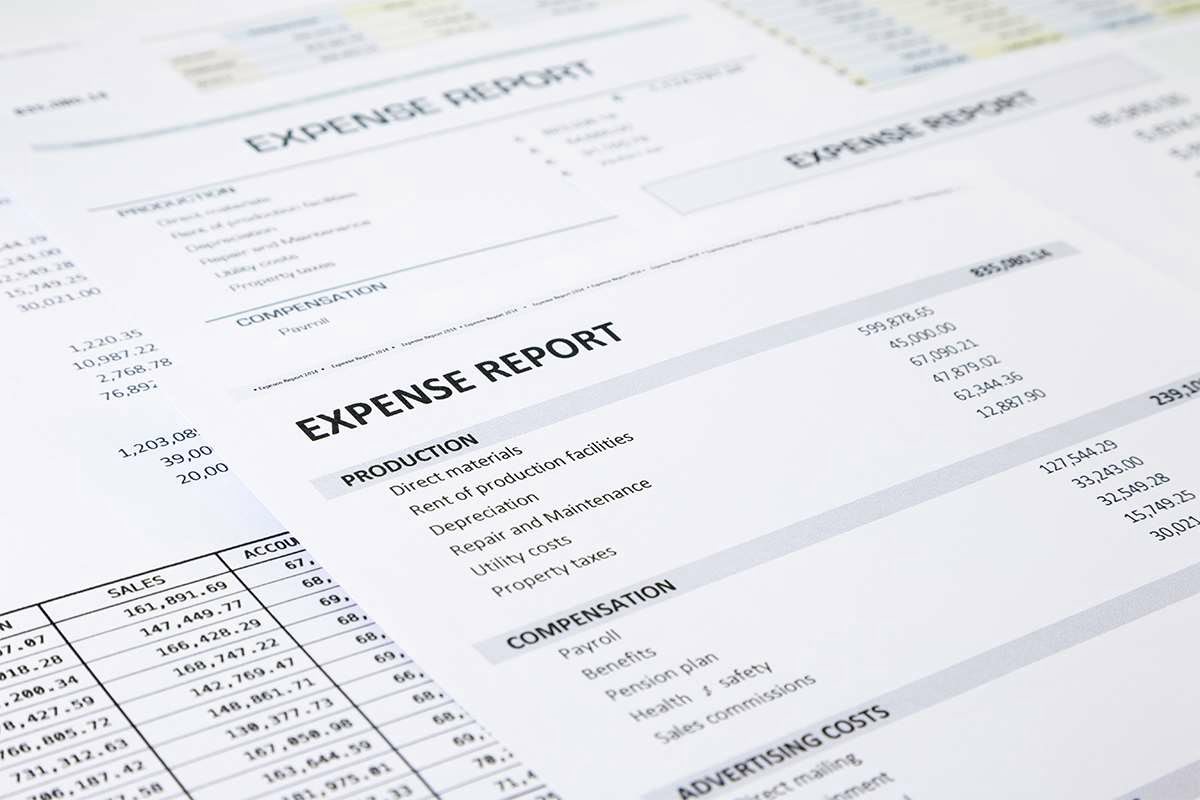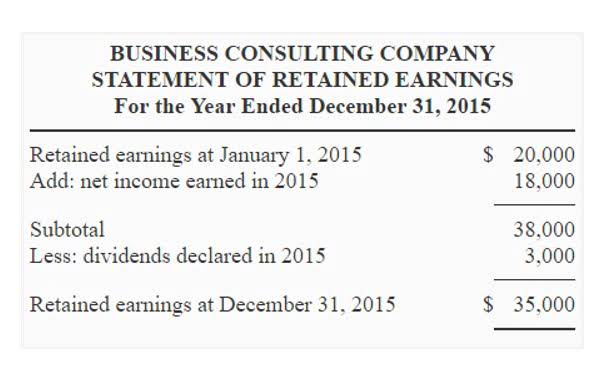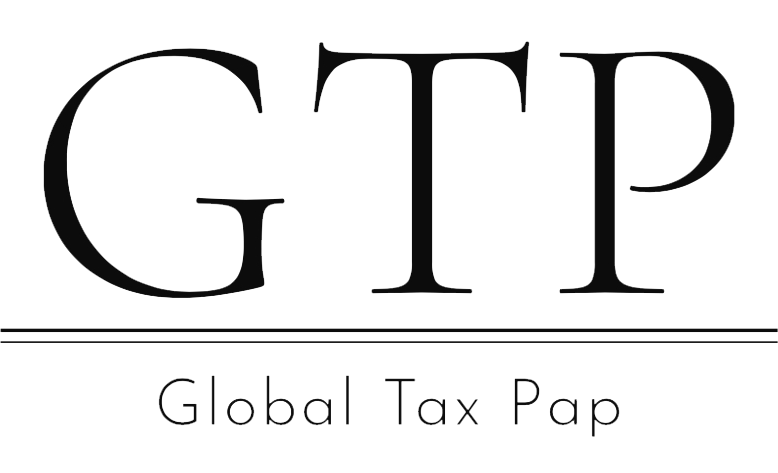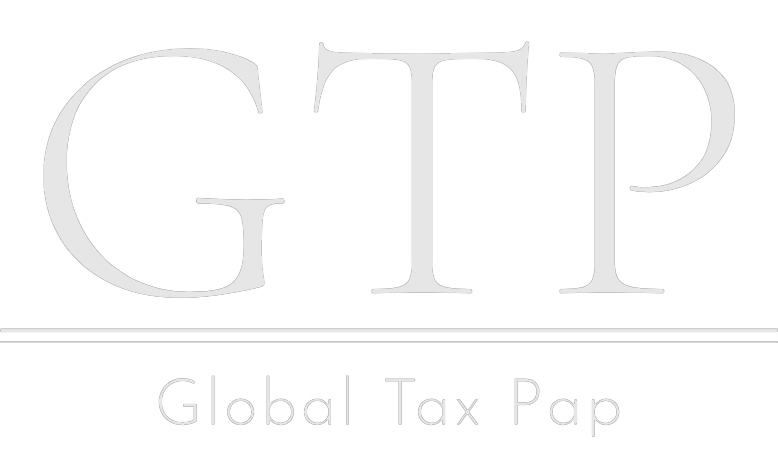
Operating activities include the revenue generated from food and beverage sales, merchandise sales, and rental receipts. Cash flow forecasting is your financial crystal ball, while cash flow management is how you react to that forecast. A well-forecasted cash flow scenario provides you with the insights you need to manage your cash effectively. Creating a cash flow forecast will allow you to predict sales and expenses a month or more in advance. This helps you plan for busy or slow periods and facilitates budgeting, especially for things like significant renovations or purchases.
- Ultimately, poor accounting practices can result in business failure.
- Implementing these tips ensures you’re well-equipped to handle the complexities of the restaurant industry.
- Effective cash flow management ensures that you always have enough cash to cover your liabilities and invest in growth opportunities.
- As we’ve shown throughout this article, the cash flow statement for a restaurant is a concise summation of the use of cash by your operation.
- To improve your marketing efforts, you can use social media, email marketing, and online ordering platforms to reach a wider audience.
Set Aside Cash for Your Business When the Sun Is Shining

Get a deposit upfront so you know your staffing and food costs are covered well in advance. Set aside the deposit so cash flow isn’t affected if the client cancels within your grace period and you need to return some of it. It’s understandable for most restaurant finances to start out in the red. Here are some of the top cash flow management tips to help you push past this state, become profitable, and – most importantly – stay that way. You need the space, equipment, staff, food, and marketing to get off the ground. The trick is to start turning a profit (any money that’s left over after accounting for all expenses) as soon and as sustainably as possible.

Step 3: Forecast Future Revenue and Expenses
- When planning marketing campaigns, calculate how much income you will need to make to cover all your costs and build your plan around this.
- It can also be measured by the changes in your asset and liability accounts.
- Find out how your store could benefit from a POS trusted by over 40,000 businesses worldwide.
- Implement strict controls to prevent fraud or errors, and ensure compliance with tax regulations.
- While the P&L and Balance Sheet are critical to understanding your financial health, they in themselves do not show the true impacts of cash.
- A restaurant’s cash inflows include cash received from customers, money received from selling assets and cash obtained from financing sources.
- The sum of these three sections creates a total cash balance of how much money the business has generated this period.
To help you consider this, bookkeeping isn’t necessarily a full-time job, especially if your restaurant operation doesn’t involve multiple locations. When it Bookstime comes to hiring, the traditional thought would be to hire someone full-time or part-time to work in-house, but that may not be the best solution from a financial perspective. Some business owners decide outsourcing is best, while others choose an in-house bookkeeper. When you decide to outsource your bookkeeping, you permit an independent third party to handle your financial affairs.
Operating Expenses (Cash Outflows)
Money transmission services for International Payments are provided by a third party and are also subject to their applicable terms and conditions. When your business is enjoying a nice profit, consider setting aside at least 20% so you have a cushion to fall back on during slow times. It’s also nice to have a nest egg so you can rely on your savings instead of leaning on credit if there’s an unexpected expense. Use this customizable restaurant P&L template for Excel to analyze your operations, budget, and growth. While your first few profit & loss reports restaurant cash flow may uncover patterns you didn’t want to address, knowledge is power!
Seasonality can cause fluctuations in trade as well as the availability of staff to pull extra shifts during national holidays and celebrations. During the quieter new year period when people have resolved to cut out carbs, alcohol, or both, scale shifts back to what is absolutely necessary. While we’re on the subject of seasonal costs – look at engineering your menu to make the most of seasonal produce and lower prices. Simply put, your restaurant cash flow is profits made minus all operating costs. Forecasting cash flow manually can be like trying to make a soufflé without a recipe – messy and unpredictable. Luckily, there are plenty of cash flow forecasting tools and software available today that can make this task much easier and more accurate.
Restaurant Balance Sheet:

To introduce new menu items, you should consider adding seasonal dishes/menus or experimenting with different cuisines. You can also offer promotions and special discounts, such as happy hour discounts or loyalty programs, to attract and retain customers. This includes rent, utilities, marketing expenses, insurance, licenses, and maintenance costs. Investing activities cover the purchasing of assets and equipment (separate to inventory expenses), acquisitions, and money spent on research and development.
#8. Regular Review and Adjustment of Operating Expenses
This means keeping a close eye on your costs and finding ways to reduce them retained earnings where possible. Some common areas where you can reduce costs include labour, food, and utilities. Effective inventory management is another critical practice for managing cash flow in restaurants. This means keeping track of your stock levels and ordering the right amount of inventory at the right time. Overstocking can tie up your cash, while understocking can lead to lost sales.

Using restaurant management software or POS systems to track transactions accurately is a good idea. Maintaining restaurant accounts involves meticulous record-keeping of daily sales, expenses (such as ingredients, wages, utilities), and inventory. Regularly reconcile bank statements, track profit margins, and monitor cash flow.

Seek discounts for making early payments or stagger payments to avoid significant outflows of cash at the same time. These arrangements can help optimize your cash flow and improve your business’ overall financial stability. Once you have a handle on your restaurant’s cash flow forecasts, you can look at staggering payments so a number of them aren’t taken out at once. A quarterly budget will help you stay focused on your restaurant finances in shorter bursts. Maybe your first quarter of the year sees less business, so you don’t invest in new uniforms or an expensive piece of equipment during that time. If you forecast that the summer months are busier, that may be the time to make big purchases.




